Coronary heart disease is a dangerous disease that not only affects the patient’s quality of life but also causes life-threatening complications. Understanding coronary heart disease and taking preventive measures against it is a way to proactively protect the health of yourself and your loved ones from the consequences that coronary heart disease causes.
What is Coronary Heart Disease?
Basically, when we learn about the human body, we also know that the heart is an extremely important part of the body that controls all life activities of the body. But what is coronary heart disease is still a rather vague concept for many people.
To learn more about coronary heart disease. First, we need to know what coronary artery is?
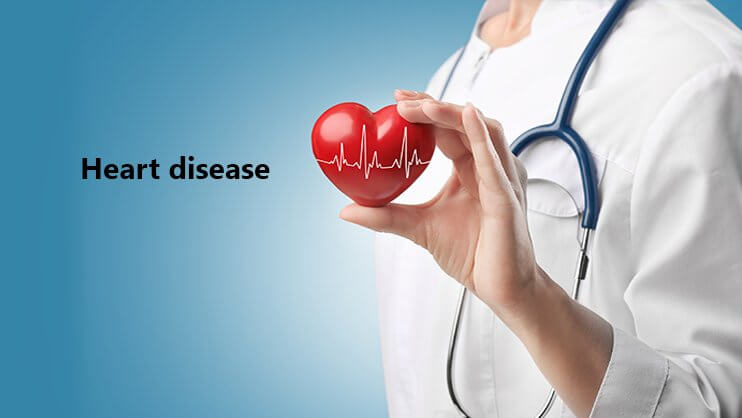
For a healthy human body, each heart will have two coronary arteries known as the left coronary artery and the right coronary artery. Coronary arteries have an important function, nourishing the heart. The large branches of the artery continue to split into small branches carrying blood from the aorta to move to structures on the surface of the heart to supply oxygen-rich blood to the heart.
When people with coronary artery disease will appear plaque on the artery wall narrows the coronary lumen, making the blood flow to feed the heart is reduced or blocked. When the heart does not have enough oxygen to function properly, it will cause problems for other organs. The most recognizable phenomenon is angina, myocardial infarction, or worse, causing permanent damage to the heart. Heart disease has a more understandable name than heart disease or ischemic heart disease.
Symptoms Of Coronary Heart
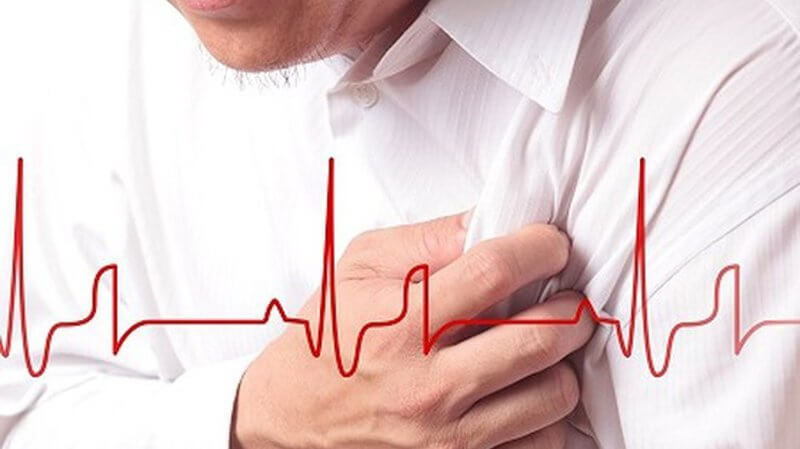
The earliest symptoms of coronary heart disease are angina. Initially, the pain only appears transient usually occurs in about 10-15 seconds, causing the patient to feel short of breath, being pressed in the chest. The painful area later spreads to the sternum, between the chest, and from the left shoulder area down to the heart position. There are cases when the pain takes up to 15 minutes to stop.
In addition to chest pain, people with coronary heart disease also appear other symptoms such as:
• Feel the thrill of being short of breath especially during prolonged exercise or activity.
• Rapid or irregular heartbeats palpitations.
• In addition to shortness of breath, frequent difficulty breathing, and nausea.
• Easily dizzy, the whole body is dizzy, unsteady, panic.
• Sweaty, chilly feeling.
Cause Of Coronary Heart Disease
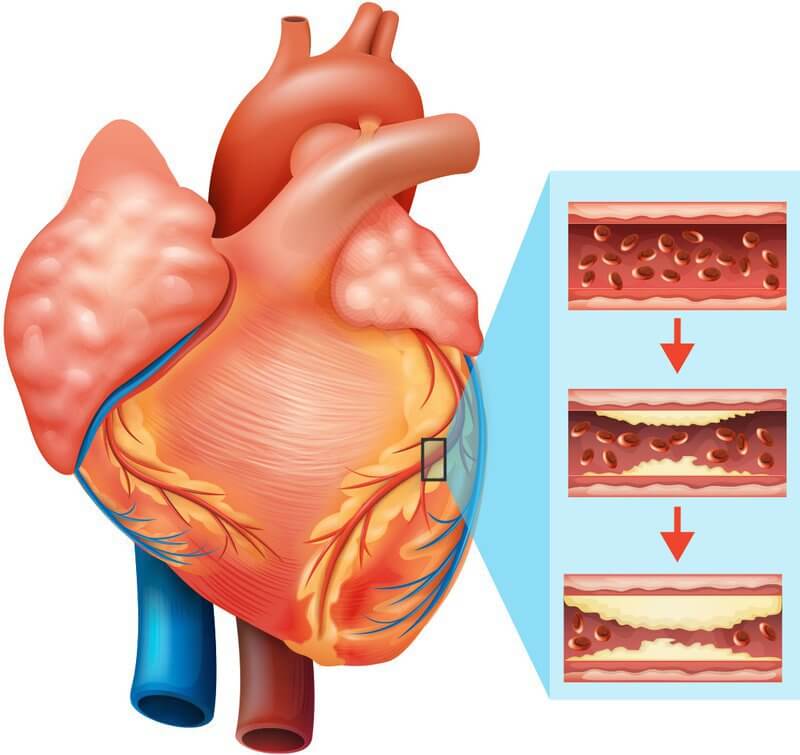
using fast food are the cause of coronary heart disease
Coronary artery disease can be caused by bad habits affecting health such as:
• People who regularly use substances such as alcohol and tobacco.
• People who have a habit of eating unhealthy foods, fast food, are overweight or obese.
• Lazy exercise, less exercise also has a high risk of coronary artery disease.
• For people with high blood pressure, diabetes can also lead to coronary artery disease.
• The amount of cholesterol in the blood higher than normal is also the cause of coronary heart disease.
In addition, there are some irreversible risk factors that also cause coronary artery disease:
• Age: Older people are at greater risk of coronary artery damage and stenosis than younger people.
• Genetic factors: People with a family history of heart disease or stroke are more likely to have coronary heart disease than normal people.
• Gender: According to studies, the proportion of men at risk of coronary artery disease is higher than that of women.
Is Coronary Artery Dangerous?
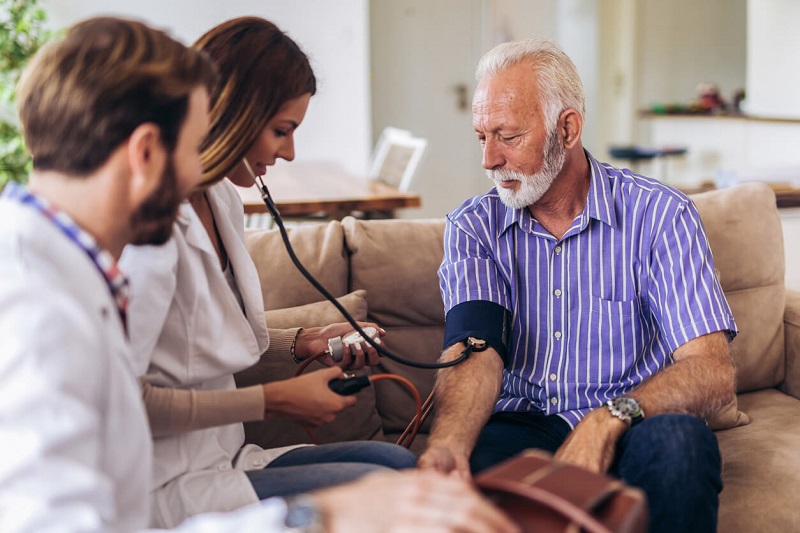
After looking at the symptoms we can also answer the question of coronary artery disease dangerous? In fact, not only does it cause symptoms in the early stages of health affecting the quality of life, but also causes a lot of complications that are life-threatening if not treated promptly.
A blocked coronary artery causes heart failure. If the condition persists for several hours without first aid it can lead to death. In the long term, coronary artery disease not only causes frequent angina attacks due to lack of oxygen but also leads to chronic complications that affect the patient’s health extremely dangerous such as:
Arrhythmia: Sometimes the heartbeat will beat faster or slower than normal. There are many cases where both symptoms are present at the same time. It is caused by atrial fibrillation attacks that cause the heart to have uncontrolled arrhythmias.
Heart failure: This is the most dangerous complication of coronary heart disease, which is accompanied by other symptoms such as shortness of breath, a dry cough. Heart failure usually occurs soon after a heart attack occurs.
Angina: Usually patients with coronary heart disease will develop angina in two forms. The first form when the body is overworked, exercising so intense that the body can not stand it will occur with stable angina repeatedly. The more dangerous second form can cause heart failure complications. It is called unstable angina that occurs even at rest, in a state of inactivity.
Diagnosis of Coronary Artery Disease
When the patient has abnormal body signs, frequent heart attacks, and angina, it is necessary to go to the hospital for doctors to conduct diagnostic tests for coronary artery disease to see if this is the cause out of bodily abnormalities or not. Some diagnostic measures are currently applied by doctors such as:
Electrocardiogram: Through an electrocardiogram, is a simple method that helps doctors quickly recognize the signs of coronary heart disease such as thicker-than-normal heart walls, dilated heart chambers, and irregular heart rhythms. However, this method also has a certain error.
Echocardiography detects coronary artery disease: This is a method of assessing the activity of the heart wall. If the patient has coronary heart disease, there will be areas of the heart muscle that are not supplied with enough oxygen by the coronary artery branch, along with manifestations of movement disorders compared to other places. Often an echocardiogram helps doctors detect coronary heart disease in the late stage.
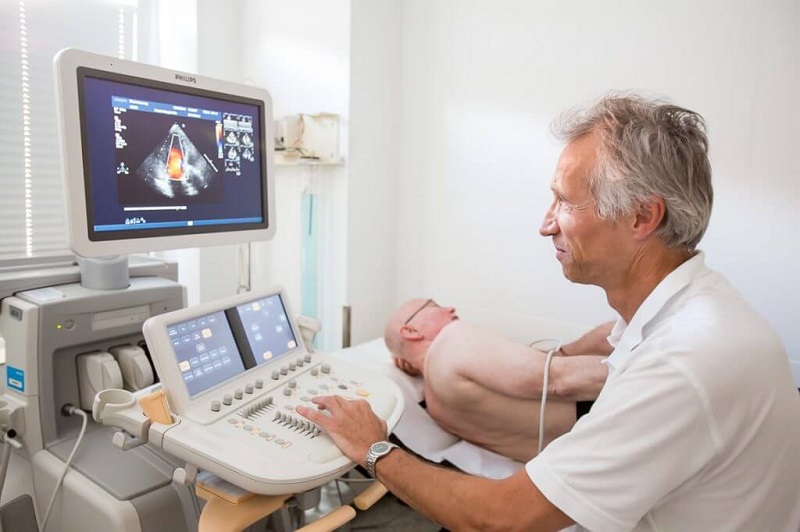
Stress test: For patients with coronary heart disease when at rest, the amount of oxygen pumped to the heart is enough to satisfy living activities without causing abnormalities. Through the stress test, doctors will force the patient to exercise vigorously and have monitoring equipment to detect coronary heart signs. Because when the body is active, it needs a higher amount of oxygen than usual.
Investigation and diagnostic imaging: A method to help detect coronary artery disease at an early stage that shows the degree of narrow coronary artery and other abnormalities to accurately diagnose the condition.
Cardiac catheterization and coronary angiography: is a modern method conducted in the cardiology room with the help of angiogram devices to help doctors clearly see the shape, size, and location of arteries. The rim is narrow and evaluates the level accurately. Although this is a method that causes bleeding but is painless thanks to the anesthesia, the condition is low, so the patient does not need to worry too much.
How To Treat Coronary Heart?
After adopting the methods to detect coronary heart disease. Another problem that people are extremely worried about is coronary artery disease cure? Depending on the severity of the disease, doctors will have appropriate treatment directions. But if the disease is in an early stage, it will help doctors to easily treat and cause less damage to the patient’s body.
Medical treatment: Through special medicines such as beta-blockers, anti-platelet clumping drugs … depending on the condition of the patient, there will be separate drugs and dosage for each stage.
In many cases, in addition to medication, surgical interventions will be required such as Coronary artery bypass surgery (CABG), stenting surgery, also known as a percutaneous coronary intervention technique.
Currently, there is also the method of increased peripheral impulse applied to patients who do not qualify for surgery, have a long-term illness, and when nitrate groups are not effective.
In addition to modern scientific intervention, making healthy lifestyle changes is also a way to treat coronary heart:
• Do not use stimulants such as alcohol or tobacco. Stay away from cigarette smoke.
• Limit fast foods that are high in harmful fats. Reduce the amount of salt in food. Add heart-healthy foods and plenty of green vegetables.
• Having a positive lifestyle, not putting pressure on yourself, but keeping an optimistic attitude, relaxing your body will help the disease to have positive changes.
• Exercise regularly, exercise hard. However, patients with coronary heart disease should avoid strenuous exercise. Therefore, it is necessary to consult a doctor to have a suitable exercise regimen to avoid adverse effects on the heart.
• Visiting regularly and periodically so that doctors can closely monitor disease changes and change treatment regimens to suit each stage.
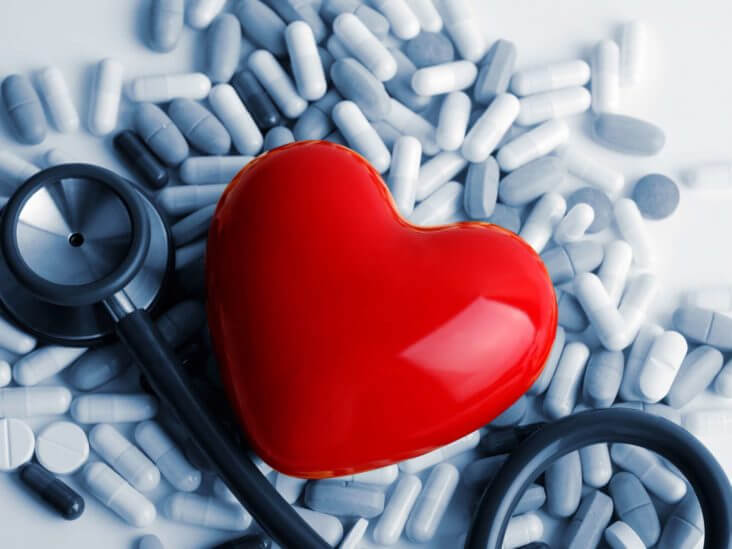
Coronary heart disease can arise from subjective and objective causes. In addition to the uncontrollable risk factors, having scientific and reasonable eating and living habits will help to reduce the risk of coronary heart disease. Should go to a periodic health check to detect early disease. The most important thing is when the body develops abnormal symptoms to check in the hospital in time to avoid long-term complications that are harmful to the health of each person.
The site cannot and does not contain medical advice. The medical information is provided for general informational and educational purposes only and is not a substitute for professional advice. Accordingly, before taking any actions based upon such information, we encourage you to consult with the appropriate professionals.

 1900 1717
1900 1717 